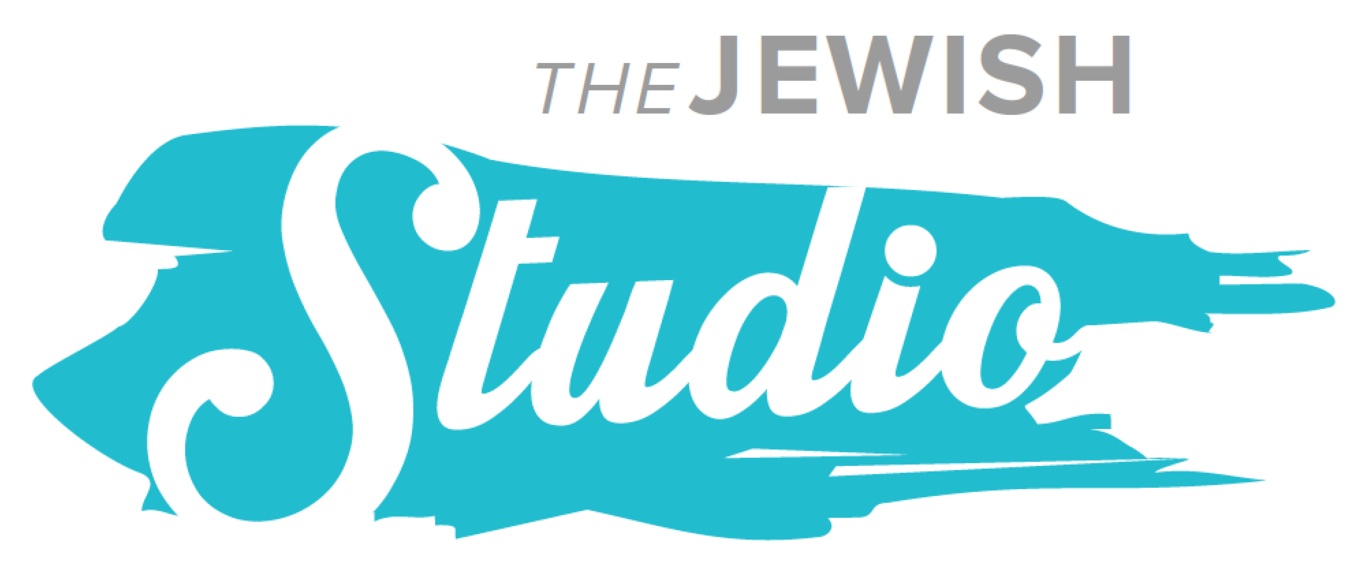Pitching the Jewish Tent
I’m still traumatized by the first, and only time, I went camping. We had to shlep heavy tenting materials, bars, posts, and connective joints, up a sandy hillside. With a combination of teamwork and desperation, we pitched our tent! But then a violent storm blew through that night. Was it a miracle or was it the quality of our construction that the tent stayed put? Then I understood the metaphor of pitching a tent to appreciate how the Jewish community persists.
The Levite families in Torah transported the bars, posts, and connective joints used to set up the holy Mishkan, the tent of meeting. No tent magically appeared like the manna falling from the sky and water gushing from Miriam’s well. Ordinary people crafted a dwelling place for the Divine using objects fashioned from wood or metal. To create a durable yet movable tent structure, the objects fit together precisely.
Just as these physical objects relate to one another, they are potent symbols of how we interact through Judaism. Moreover, the tent imagery represents how Judaism is both durable and portable.
Let us first consider the metaphor of bars. The Torah is a set of guiding principles and moral boundaries, much like the bars that surround and define a structure. The Torah provides a framework for living a righteous life, outlining the values, commandments, and ethical guidelines that shape Jewish belief and practice. These bars instill a sense of focus in our lives. Just as bars provide structure and stability to a building, the Torah provides the foundation to build Jewish life.
Next, we turn our attention to posts. In the context of Judaism, posts are pillars of support. The pillars of Judaism include the ethical teachings of our sages and the strength of communal bonds fostered by our leaders. Verticality is associated with concepts of power and moral uprightness. The upright posts provide a sense of divinity. While the posts are rooted in the wisdom and traditions of generations past, they are spaced apart to leave space for the exigencies of the present. Like tent posts keeping the tent aloft through the windy night, these pillars help to sustain Jewish life.
Finally, we consider the metaphor of connective joints. Joints serve as the points of connection between different parts of a structure. They are the meeting point between the righteousness of our intentions and the boundaries of our actions. The joints also represent the interconnectedness of the Jewish people. The Torah teaches the value of community, and mutual support, through the ethical construct of collective responsibility. It reminds us that we are all connected. Our actions have an impact on ourselves, on the broader Jewish community, and on the world at large. Through acts of kindness, charity, and social justice, we strengthen the connective joints of our community, forging bonds that transcend differences.
When we use the metaphors of bars, posts, and connective joints, we gain a deeper understanding of the principles that guide Jewish life. The wisdom of our tradition offers the bars that define, the posts that provide support, and the connective joints that bind us as a holy community. We can always reassemble as a Jewish people with these building materials, bars, posts, and joints. And maybe it is time for me to try camping again, metaphorically speaking.
Rabbi Evan J. Krame





 Evan J. Krame was ordained as a rabbi by the
Evan J. Krame was ordained as a rabbi by the